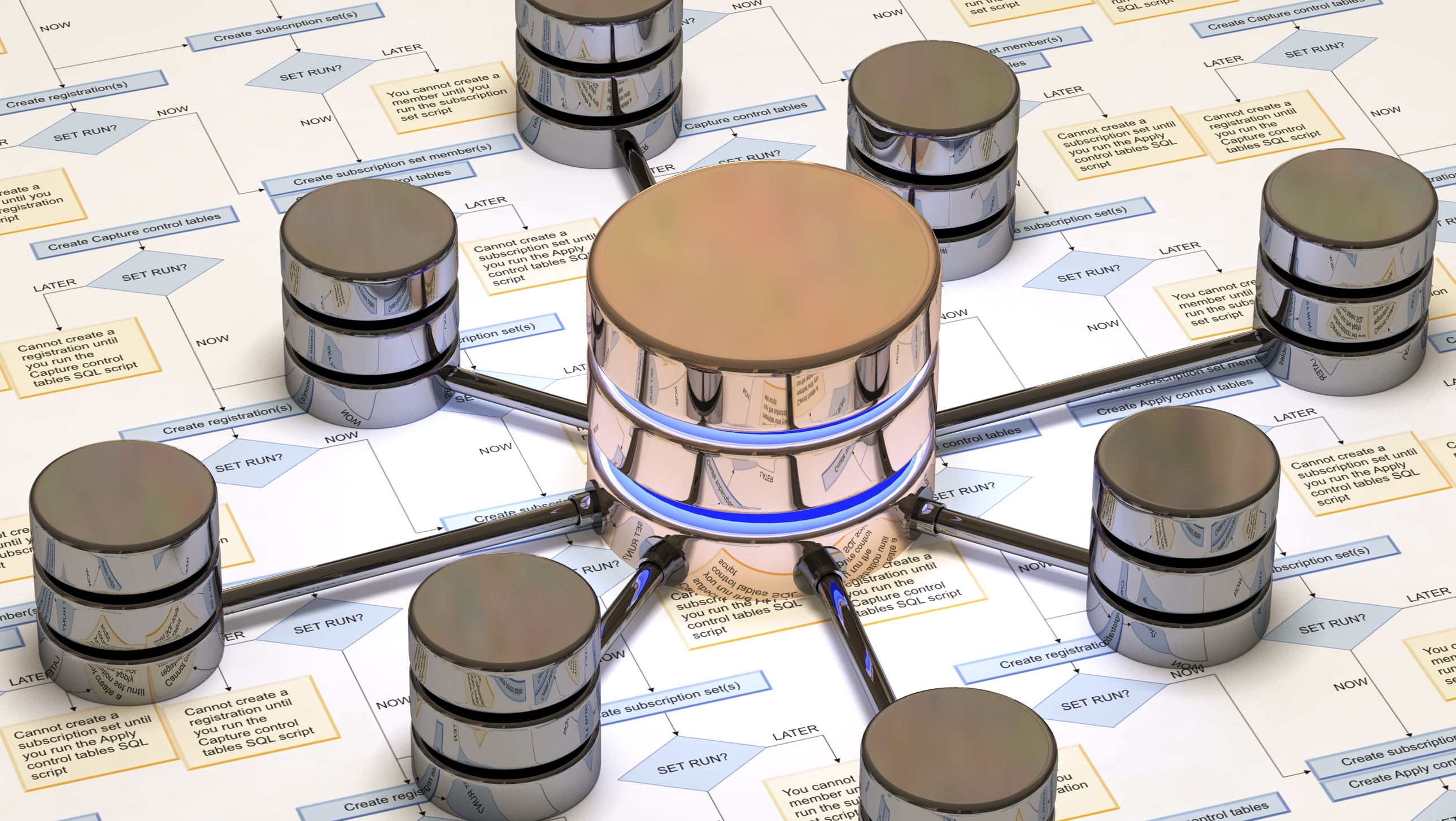Microsoft is Bringing AI and More To SQL Server 2017
- Blog
- SQL Server
- Post
Today, Microsoft is hosting an online conference that they are calling Data Amp where they will make several announcements related to upcoming products. The goal of the sessions and presentations is to show how you can bring analytics and artificial intelligence into your data pipelines to make better decisions, faster.
Over the years, one message Microsoft has consistently communicated is that they are trying to make machine learning and artificial intelligence easier to access and utilize. While these two buzzwords get tossed around frequently, the truth is that unless you have a large budget that can support a team of data scientists/engineers on your team, building out these technologies yourself can be a costly endeavor.
With that being said, Microsoft is working towards making these two technologies more readily available in their existing products; Microsoft is announcing SQL Server 2017 CTP 2.0 which the company claims is the first RDBMS with built-in AI.
This release, which Microsoft says is a production quality preview (take that with a grain of salt, deploying CTP into production is always a risky move), is introducing in-database support for a robust library of machine learning capabilities as well as the support for Python (in addition to R). Further, SQL Server can utilize the GPU via R/Python to provide the horsepower behind its deep learning queries and this can also be applied to unstructured data as well.
For those who are using SQL Server on Linux, SQL Server 2017 will get a speed bump that will bring parity to its Windows counterpart when it comes to performance. Also, SQL Server 2017 will be the first version of the platform that is compatible with Windows, Linux (Red Hat Enterprise Linux, SUSE Enterprise Linux Server, and Ubuntu) and Docker containers on Linux and MacOS.
In addition to the SQL Server 2017 announcements, Microsoft also stated that Face API, Computer Vision API and Content Moderator are now generally available in the Azure Portal along with the general availability of Azure Analysis Services.
Based on today’s announcements, it is becoming clearer with each announcement that Microsoft sees the future as being AI-powered on the hardware/software platform of your choice. No longer are you locked into only using Windows platforms with the company’s server products and while on-premises deployments are an option today, you also have cloud (and container) based options as well.
The reason Microsoft is pursuing data analytics so heavily is that with new IoT sensors, self-driving cars, and other new types of data pipelines coming online, smart analytics is a growing segment. The company is working to adapt and position its last generation data sorting tools for the modern challenges these new pipelines provide.




